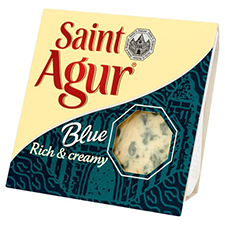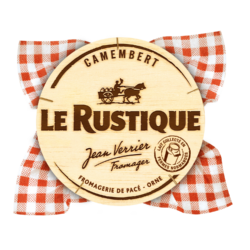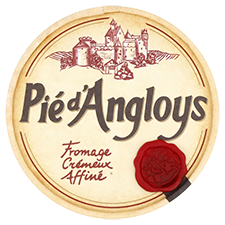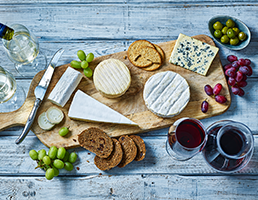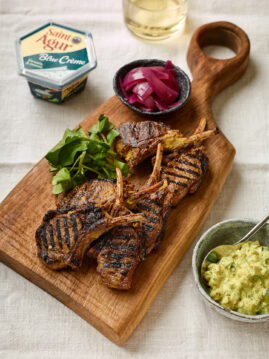The best cheese for a cheeseboard is certainly a personal preference. There are so many different types of cheese, it is hard to say which is the best cheese overall for a cheeseboard.
Putting together the perfect cheeseboard depends on a number of factors: who will be attending and what their likes and dislikes are; what your accompanying ingredients, snacks and drinks are; and of course what season you’re in.
What to put on a cheeseboard
There are many different theories about the best way to populate a cheeseboard, but one general consensus is having a balance between the different types of cheese: hard, soft, goats’, blue and, if you’re feeling brave, a wildcard.
The number of people you are feeding will impact the number of cheeses you will need to decide on. A minimum of three cheeses is advisable regardless of party size, but six different cheeses is generally the maximum number suggested.
For a smaller cheese board, a soft cheese, a hard or semi-hard cheese and a blue cheese offer a good variety, and with more options you can add further varieties including goats’ cheese.
Unripened cheeses such as mozzarella, halloumi and feta are a debated feature on a cheeseboard and their presence often depends on the seasonality of accompaniments.
The quantity of cheese per person depends on where the board features in the meal – as a main course 150g can be allocated per person, but as a grazing platter around 70g per person will suffice.
Spring/Summer cheeseboard
In spring and summer, the days are getting brighter and longer – it’s warmer and the flowers are coming out. A wide variety of fruit is in season and ready to garnish your cheeseboard.
With bright colours and sharp fruity flavours to contrast with a creamy cheese, Le Rustique Brie is an easy win to accompany any seasonal fruits and chutneys such as cherries, berries, plums and peaches. Saint Agur also compliments many contrasting flavours – from honey to fresh apples.
Likewise Chavroux goats’ cheese would add a fresh taste to the board, and would go impeccably well with honey. Summer is the preferable season to add unripened cheeses such as mozzarella, halloumi and feta to the board as they originate from warmer climates and go well with fresh seasonal ingredients such as tomatoes, basil, cucumber and other fresh salad ingredients.
Consider also the hard or semi-hard cheese options: a sharp manchego or a more mellow Gouda, or a traditional mature cheddar. These options tend to transcend seasons and add appeal to all boards.
Add bright flavours to your side features and light biscuits or crispbreads to emphasise the lightness of the season.
Autumn/Winter cheeseboard
The nights are drawing in and it’s getting dark and colder – your cheeseboard should be a reflection of home comforts and hearty food. Switch out your summer crispbread for a baguette, and your array of fresh fruit for more subdued nuts and olives, warm fruit and vegetables and seasonal chutneys. The honey is an ideal accompaniment all year round, as is a selection of cured meats.
Consider bringing some warmth to the table with a baked Le Rustique Camembert and cooked accompaniments such as roasted peppers, baked garlic, or fried Chavroux goat’s cheese. For contrast, winter may be cold but it is also the peak season for citrus in some countries, so try grilling some clementine or tangerine segments to serve with a soft cheese.
For your wildcard option, consider an époisses to complement the more muted natural produce such as pears which are in season, or a seasonal sweet quince jelly.
If this cheeseboard is being consumed around the festive season, add a cranberry sauce to complement the baked cheeses, and you can use cuts from your festive meals to add to the offering.
